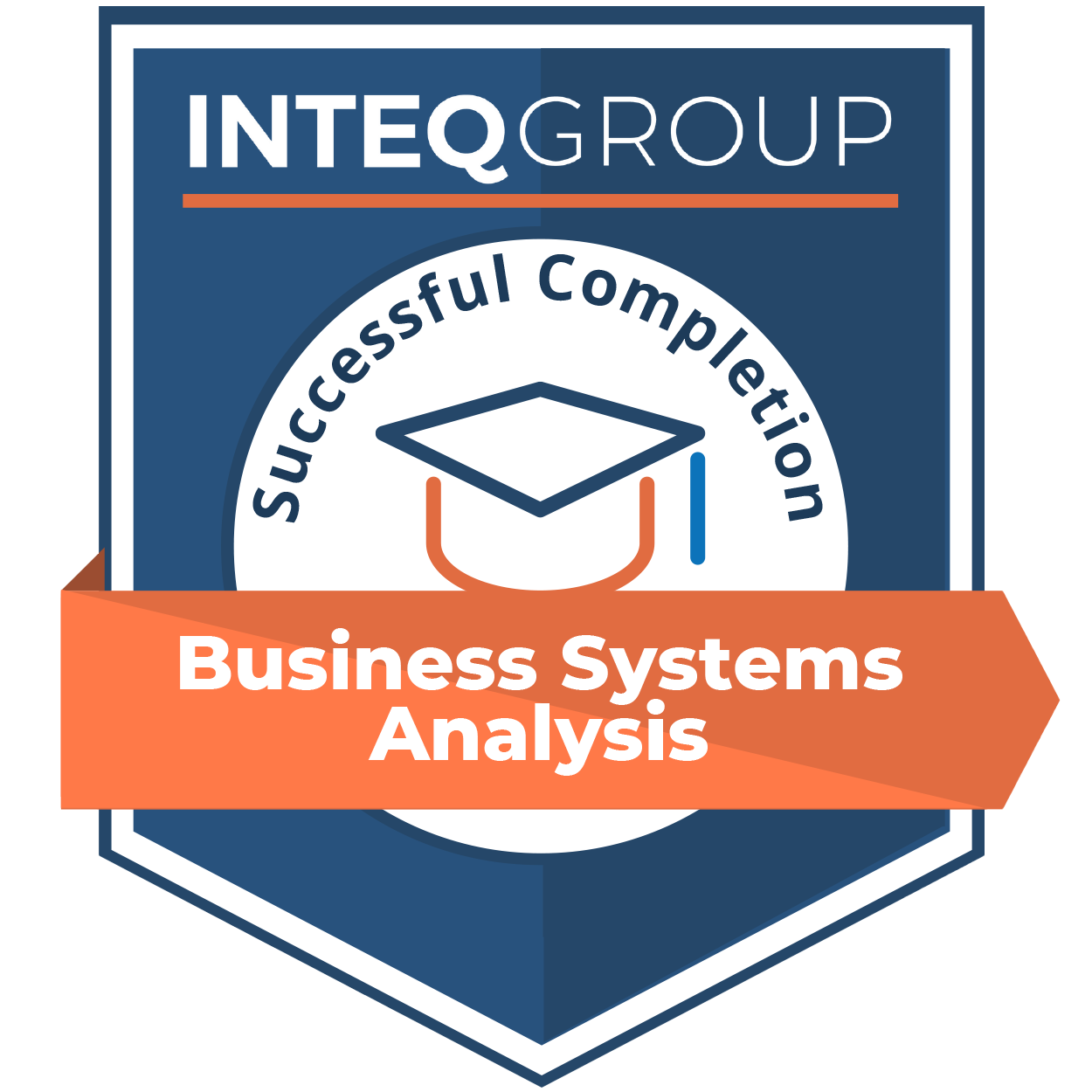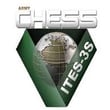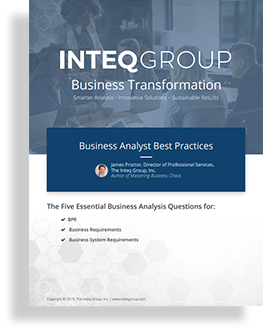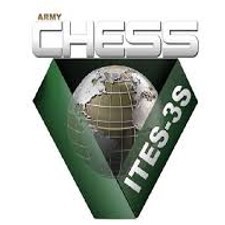- About
- Contact
- Training Courses
- Certificate Programs
- Management Consulting
- Knowledge
hub
Certificate Programs
In today’s fast-paced, dynamic business environment, organizations can’t afford the costly missteps that stem from superficial analysis and ambiguous requirements.
Through intuitive diagrams, best practice frameworks, real-world scenarios and case studies, you’ll master a modern business-oriented approach to requirements analysis to uncover deep business insights and translate them into clear, complete, and actionable requirements.
Join over 300,000 business and IT professionals trained by Inteq worldwide.
Course Highlights
Who Should Attend?
This course is perfect for:
Why Choose Inteq's Business Systems Analysis Course?
10 myths of analysis
Deep vs. superficial vs. Agile analysis
Business vs. business systems requirements
The 5 essential business analysis questions
Business functions, processes and work activities
The 5 types of business system requirements
The Interaction Content Diagram: actors and interactions
Components of a use case | Summary-level use cases
Extending baseline requirements
The interaction flow of events
Break-fix scenario analysis (the secret sauce of analysis)
The business vocabulary
Entity types | Attributes | Relationships
Entity relationship diagram (ERDs) basics
State transition analysis
State transition diagramming
Business analytics requirements
Participants analyze a complex real-world business space and identify and define business and user requirements. This case study provides an invaluable template that participants can leverage to jump start and improve business systems analysis in their organization.
Overview of Generative AI (GenAI)
The secret sauce: Asking the right questions via prompt engineering
Applying AI prompt engineering to identifying business systems requirements.
The quality of the conversation
Identifying and engaging SMEs and stakeholders
Sources of business knowledge
Facilitated workshops
Maps, models & diagrams
Scaling analysis
Critical success factors
* Before using AI as part of your business systems analysis toolkit, it's essential to first deeply understand business systems analysis best practice concepts, skills, techniques and methods. You can then leverage this knowledge via GenAI prompt engineering to amplify and enhance the speed and quality of analysis.
OK, there is not a box per se, the content is digital. In addition to 2-days/16 hours of expert instruction you receive:
None. Inteq's Business Systems Analysis training course provides a comprehensive and cohesive approach to systems analysis regardless of background and level of experience.
Business Systems Analysis is designed as a precursor, but not a prerequisite and seamlessly integrates with:
All Inteq training courses are available for team training > Onsite at your location or via Inteq’s live virtual classroom > 2, 3, 4 and 5-day hybrid and enterprise training options.

2, 3, 4 and 5-Day
Customized Training Options
Save 10% off the total tuition if 3 or more 16-hour eLearning courses are purchased together. The tuition savings is displayed in the cart and at checkout.
Questions or need additional info? Contact us at 800.719.4627 or reach out here We look forward to assisting you!
"Our team was very impressed with Inteq’s BSA training program and we will definitely be bringing this training back for other teams."
AL"The course included a toolbox of best practice analysis techniques. Most importantly, the instructor explained how, when, and why to use these techniques."
AA"This was my first live virtual learning experience. Excellent course and very effective delivery via the virtual format."
BFS"Our team was very impressed with Inteq’s BSA training program and we will definitely be bringing this training back for other teams."
AL"The course included a toolbox of best practice analysis techniques. Most importantly, the instructor explained how, when, and why to use these techniques."
AA"This was my first live virtual learning experience. Excellent course and very effective delivery via the virtual format."
BFS








This 8-Page White Paper Includes:














